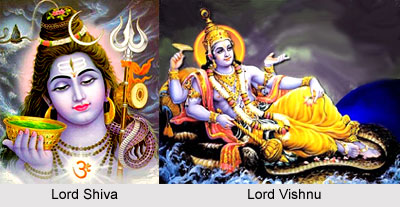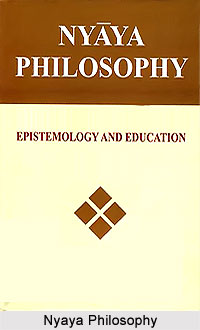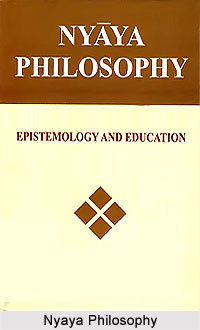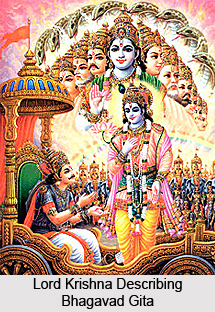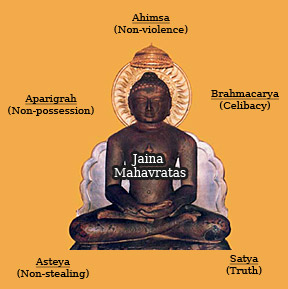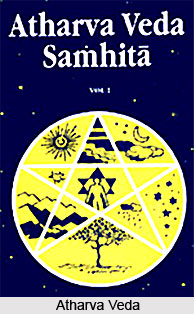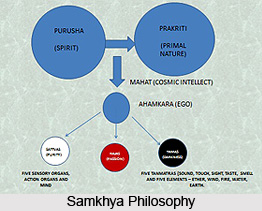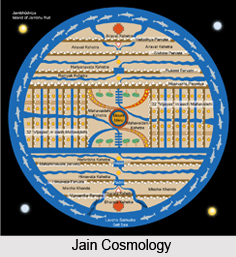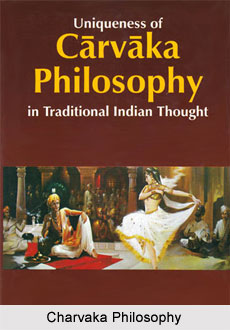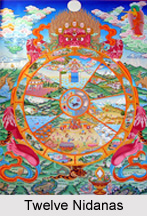 Chandogya Upanishad, one of the oldest Upanishad has been written during the Vedic Brahmana period. Chandogya Upanishad is associated with Sama Veda. Chandogya Upanishad is the part of Chandogya Brahaman that contains ten chapters. The 5th Khanda of Second Chapter of Chandogya Upanishad states about the meditation on the Fivefold Saman as seasons. It states that one must meditate on the fivefold Saman as the seasons. Here, the spring is the syllable Him, the summer as the Prastava, the rainy season is the Udgitha, the autumn as the Pratihara and the winter as the Nidhana. One who realises this and meditates on the fivefold Saman as the seasons becomes rich and all the seasons belong unto him.
Chandogya Upanishad, one of the oldest Upanishad has been written during the Vedic Brahmana period. Chandogya Upanishad is associated with Sama Veda. Chandogya Upanishad is the part of Chandogya Brahaman that contains ten chapters. The 5th Khanda of Second Chapter of Chandogya Upanishad states about the meditation on the Fivefold Saman as seasons. It states that one must meditate on the fivefold Saman as the seasons. Here, the spring is the syllable Him, the summer as the Prastava, the rainy season is the Udgitha, the autumn as the Pratihara and the winter as the Nidhana. One who realises this and meditates on the fivefold Saman as the seasons becomes rich and all the seasons belong unto him.
This article is a stub. You can enrich by adding more information to it. Send your Write Up to content@indianetzone.com




